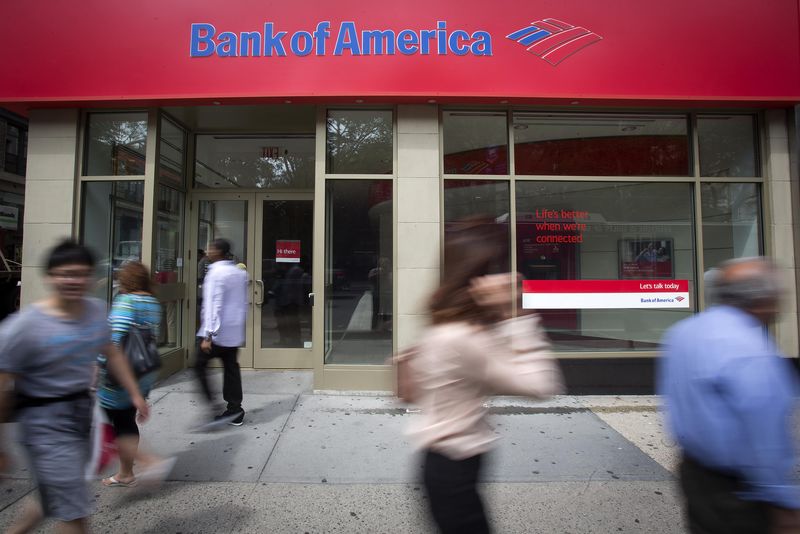This post was originally published on this site
https://i-invdn-com.investing.com/trkd-images/LYNXMPEJ5E0A1_L.jpg
Signs of resilience came as a relief to investors concerned that economic uncertainty is driving shoppers in key markets like Europe, the U.S., and China to spend less on clothes.
Shares in H&M gained 6% as analysts forecast a stronger third quarter after flat sales from March to May.
H&M, which has lagged Zara owner Inditex (BME:ITX), has sought to increase its fashion appeal and further develop its higher-priced brand Cos, targeting shoppers that are less vulnerable to a higher cost of living, as fast-fashion giant Shein takes market share with cheap clothes.
Bank of America (NYSE:BAC) analysts said H&M’s sold-out collaboration with luxury brand Mugler could also help boost half-year earnings expected on June 29.
ASOS, which is trying to recover from a sharp increase in inventory and debt, is also highly dependent on young shoppers who want the latest trends at low prices. Despite sales falling, it said its focus on profit per order was paying off.
The online retailer, bruised by shoppers’ return to physical stores post-pandemic, has cut stock by 15% since the start of the year and said it was removing unprofitable brands from its platform.
“Our experience in the current trading environment is that when we create a product that really resonates with our customers and is priced correctly, full-price sales are very strong,” ASOS said.
Highlighting the divergent fortunes of different brands in this uncertain environment, premium fashion retailer Hugo Boss said it continues to see strong growth in the U.S. even as retail and luxury peers flagged weakness among “aspirational” shoppers there.
“While cracks are clearly visible in the U.S. consumer environment and to a lesser extent in Europe, Hugo Boss has been immune so far,” Citi analysts said.

